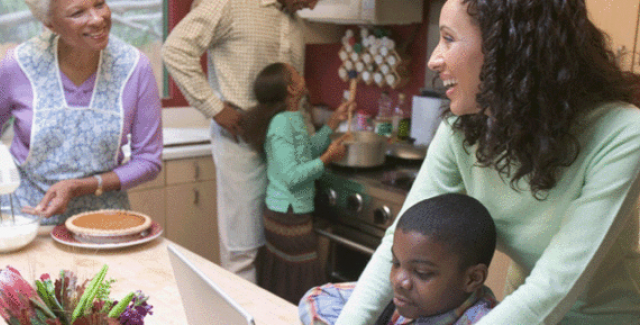Store enough supplies to last for at least three days.
When a major emergency strikes, life’s everyday conveniences…running water, refrigeration, telephones, heat and air conditioning…can suddenly be knocked out and unavailable for days or even weeks. Give yourself some peace of mind, build your family’s emergency kit today.
How to begin? Purchase a large, watertight container, such as a large plastic tub, cooler or garbage can with a lid and wheels that you can move easily.
Your basic emergency kit should include:
- Water—one gallon of water, per person, per day for at least three days, for drinking and sanitation
- Food — at least a three-day supply of ready-to-eat food requiring minimal water (infant formula and pet food if needed)
- Manual can opener and other cooking supplies
- Plates, utensils and other feeding supplies
- Battery-powered or hand crank radio and a NOAA Weather Radio with tone alert and extra batteries for both
- Flashlight and extra batteries
- First Aid kit and instructions
- Whistle to signal for help
- A copy of important family documents such as insurance policies, identification and bank account records
- Warm clothes and rain gear for each family member
- Heavy work gloves
- Adjustable wrench or pliers to turn off utilities
- Personal hygiene items including toilet paper, diapers, feminine supplies, hand sanitizer and soap
- Plastic sheeting, duct tape and utility knife for covering broken windows
- Tools such as a crowbar, hammer and nails, staple gun, and bungee cords.
- Blanket or sleeping bag
- Large heavy-duty plastic bags, moist towelettes, plastic ties and a plastic bucket for waste and sanitation
- Cell phone with charger
- Matches in a waterproof container
- Unscented liquid household bleach and an eyedropper for water purification. When diluted nine parts water to one part bleach, bleach can be used as a disinfectant. You can also use it to treat water by using 16 drops of regular household liquid bleach per gallon of water. Remember! Do not use scented, color safe or bleaches with added cleaners.
Additional items to consider adding to your emergency kit:
- Prescription medications and glasses
- Infant formula and diapers
- Pet food and extra water for your pets
- Local maps
- Cash or traveler's checks and change
- Complete change of clothing for family member, including a long sleeved shirt, long pants and sturdy shoes.
- Fire Extinguisher
- Paper and pencil
- Disposable camera for documentation
- Books, games, puzzles or other activities for children







